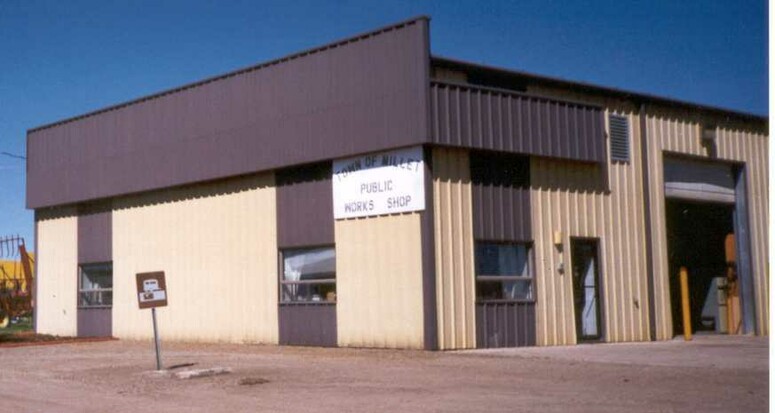
Public Services staff are the ones behind the scenes that maintain the water and sewer systems and roadways in the Town of Millet. For questions or concerns, contact the 24-hour on-call number at 825-303-0095 or send an email to: publicworks@millet.ca.
